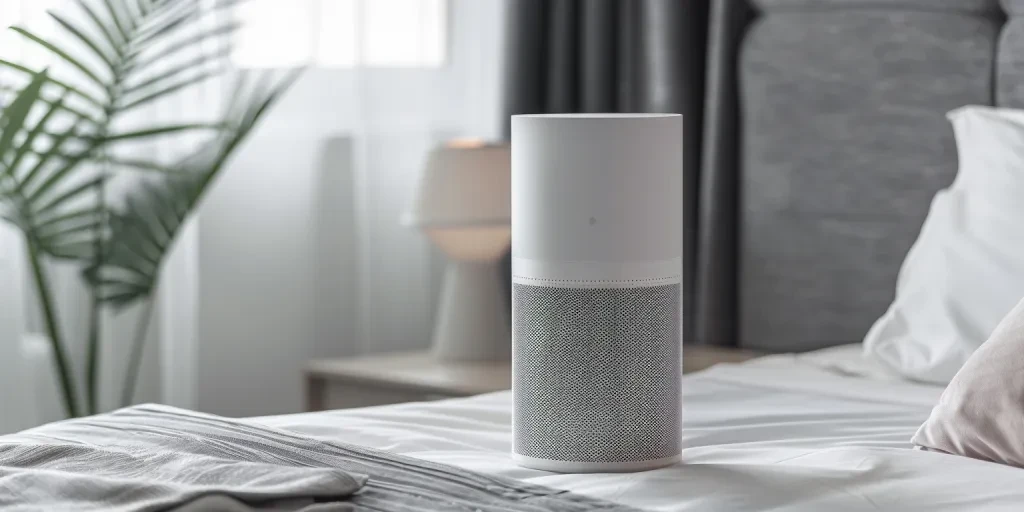As we enter 2025, the demand for HEPA filter air purifiers continues to surge, driven by rising health awareness and stringent air quality regulations. This article delves into market insights, key selection criteria, and advanced features, providing invaluable guidance for professional buyers aiming to stock the best products.
Índice:
– Market Overview: HEPA Filter Air Purifier
– In-Depth Market Analysis: HEPA Filter Air Purifier
– Key Factors When Selecting a HEPA Filter Air Purifier
– Advanced Technology and Features in HEPA Filter Air Purifiers
– Cumplimiento Normativo y Certificaciones
– Future Trends and Innovations in HEPA Filter Air Purifiers
– Final Thoughts on HEPA Filter Air Purifiers
Market Overview: HEPA Filter Air Purifier
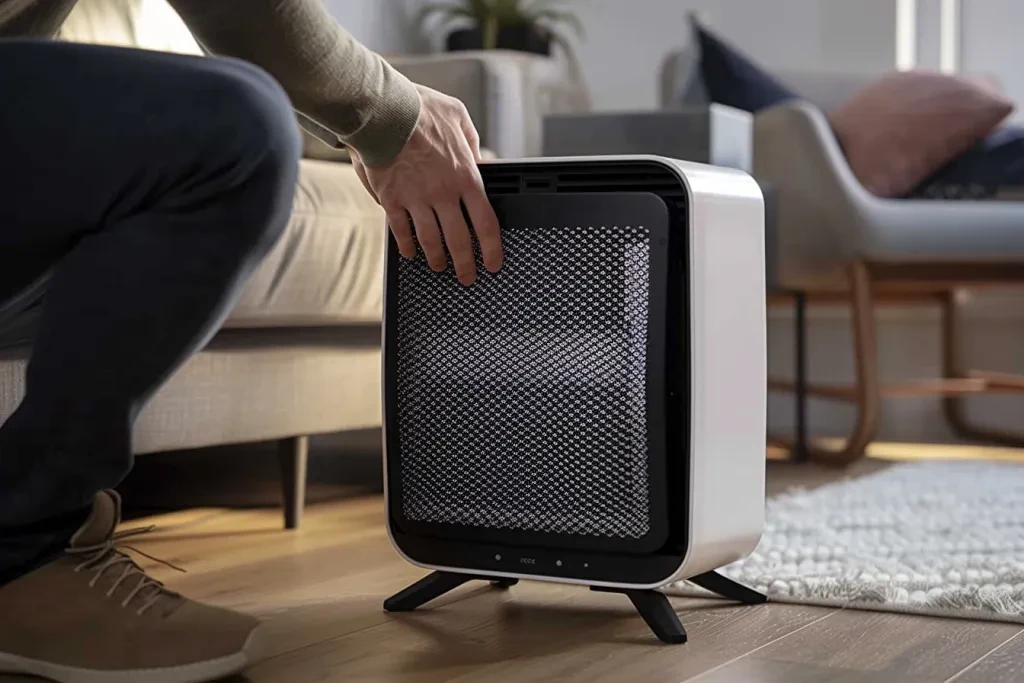
The global HEPA filter air purifier market has experienced robust growth, driven by increasing health awareness and strict government regulations on air quality. Valued at USD 13.26 billion in 2023, the market grew to USD 14.19 billion in 2024. It is expected to reach USD 21.50 billion by 2030, with a compound annual growth rate (CAGR) of 7.15%. This growth is largely due to rising pollution levels in urban areas and the increase in respiratory diseases, such as asthma and allergies, which have heightened the demand for effective air purification solutions.
Regionally, the Americas have shown significant growth due to heightened awareness of indoor air pollution and the presence of major manufacturers. The APAC region, including countries like China, Japan, South Korea, and India, also demonstrates substantial demand due to rapid urbanization and severe air quality issues. Europe follows closely, driven by consumer awareness and supportive government regulations. The Middle East and Africa, while currently smaller in market share, are expected to grow gradually with increasing urban pollution and economic development.
The market’s expansion is supported by advancements in filtration technologies, such as the integration of activated carbon and HEPA filters, which enhance the effectiveness and efficiency of air purifiers. However, challenges such as high operational and maintenance costs and certain technical limitations persist, potentially hampering growth.
In-Depth Market Analysis: HEPA Filter Air Purifier
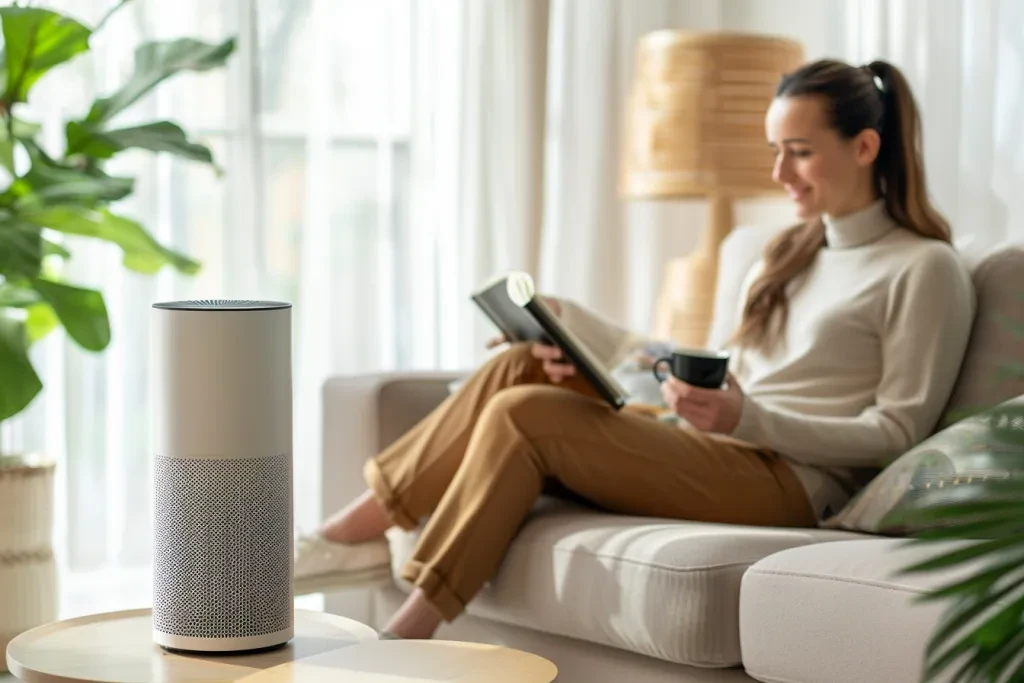
HEPA filter air purifiers are known for capturing 99.97% of particles as small as 0.3 microns, effectively removing pollutants like dust, pollen, and pet dander. Key performance benchmarks for these devices include clean air delivery rate (CADR), noise levels, and energy efficiency. The market offers a diverse range of products, from in-duct systems to portable, stand-alone units, catering to both residential and commercial applications.
Major players like Dyson, Honeywell International, and Philips dominate the market due to their extensive product portfolios and strong brand recognition. Economic factors such as rising disposable incomes and increased spending on health and wellness products further stimulate market growth. Consumer behavior has shifted towards prioritizing air quality, especially in urban areas with high pollution levels. Distribution channels have also evolved, with a significant shift towards online sales due to the convenience and wider product selection offered by e-commerce platforms.
Recent innovations in the market include the integration of smart technologies, such as IoT and AI, for real-time monitoring and control of air quality. These advancements enhance user experience and improve the efficiency and effectiveness of air purifiers. The trend towards longer-lasting filters and reduced maintenance requirements addresses common consumer pain points. Digitalization and social trends, such as increased awareness through social media and public health campaigns, further drive market demand.
Customer pain points primarily revolve around the high initial costs and ongoing maintenance expenses of HEPA filter air purifiers. To address these issues, companies are developing cost-effective solutions and offering financing options. Brand positioning strategies emphasize health benefits, ease of use, and technological advancements to stand out from competitors. Niche markets, such as portable and vehicle-mounted air purifiers, present additional growth opportunities, particularly in regions with severe air quality issues.
Key Factors When Selecting a HEPA Filter Air Purifier
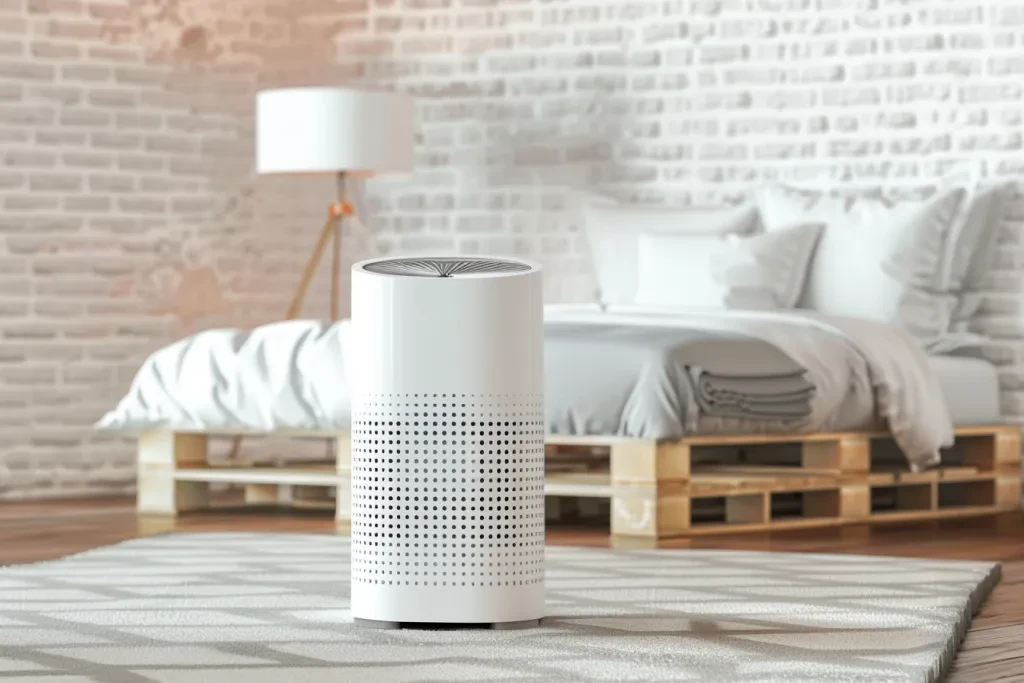
Eficiencia de filtración
Filtration efficiency is crucial when choosing a HEPA filter air purifier. HEPA filters must meet U.S. Department of Energy (DOE) standards, removing 99.97% of particles as small as 0.3 micrometers. This ensures the purifier captures dust, pollen, smoke, and microorganisms.
HEPA filters trap particles through three mechanisms: interception, inertial impaction, and diffusion. Interception captures particles that follow the air stream and contact the filter fibers. Inertial impaction traps larger particles that collide with the fibers due to their inertia. Diffusion captures very small particles that move erratically and are trapped by the fibers.
Ensure the filter meets DOE standards. Some products labeled “HEPA-type” or “True HEPA” may not meet these standards.
Área de cobertura y flujo de aire
Airflow and coverage area are key for effective air cleaning. Airflow, measured in cubic feet per minute (CFM), indicates the volume of air the purifier can process. Higher CFM means quicker air cleaning, important for larger rooms or high-contaminant areas.
Coverage area, specified in square feet, shows the maximum area the purifier can clean. Match the purifier’s coverage area with the room size. For example, a purifier with a 300-square-foot coverage area may not suffice for a large living room.
Consider the Clean Air Delivery Rate (CADR), which measures the purifier’s effectiveness in removing smoke, pollen, and dust. Higher CADR ratings indicate better performance.
Niveles de Ruido
Noise levels matter, especially in quiet environments like bedrooms or offices. Noise is measured in decibels (dB), and quieter models are preferred for comfort.
Many purifiers offer multiple fan speeds, allowing noise adjustment. For instance, a purifier may be quiet on low settings but noisier on high settings. Some models have “sleep mode” or “whisper mode” for reduced noise at night.
Choose a model that balances air cleaning effectiveness with acceptable noise levels.
Mantenimiento y Reemplazo de Filtros
Regular maintenance and filter replacement are essential for optimal performance. Over time, filters accumulate contaminants and need replacing, typically every 6 to 12 months. Some purifiers have filter replacement indicators.
In addition to HEPA filters, some purifiers have pre-filters, carbon filters, or UV light components requiring periodic maintenance. Pre-filters capture larger particles, extending HEPA filter life, while carbon filters remove odors and VOCs.
Consider replacement filter costs and availability. Some models offer washable or reusable filters, reducing long-term costs.
Eficiencia energética
Energy efficiency is important, especially for continuous or extended use. Energy-efficient models consume less electricity, lowering costs and environmental impact.
Energy consumption is measured in watts (W). Look for ENERGY STAR® certification, indicating the purifier meets U.S. Environmental Protection Agency (EPA) efficiency guidelines. ENERGY STAR® certified purifiers use less energy while maintaining performance.
Some purifiers have energy-saving modes or timers to reduce consumption. Evaluate power consumption at different fan speeds to balance performance and energy use.
Advanced Technology and Features in HEPA Filter Air Purifiers
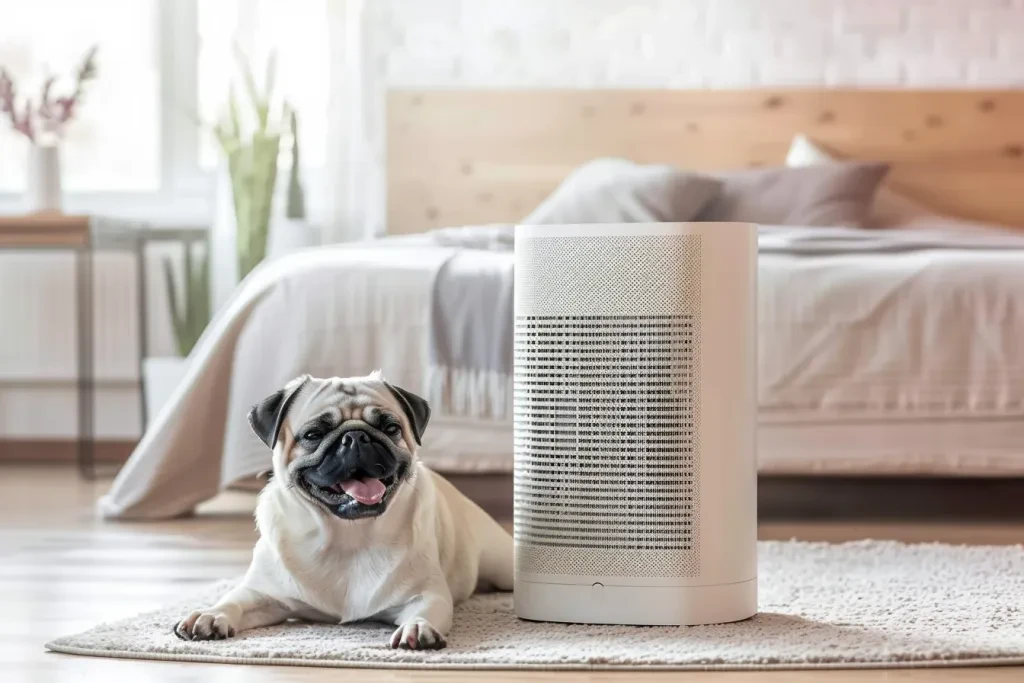
Smart Sensors and Air Quality Monitors
Modern purifiers often include smart sensors and air quality monitors for real-time feedback. These sensors detect pollutants like particulate matter (PM2.5), VOCs, and CO2, adjusting settings to maintain air quality.
Air quality monitors display information on screens or mobile apps, allowing users to track trends and receive alerts. Some models integrate with smart home systems for voice control and automation.
Consider the pollutants the sensors detect and their accuracy. High-quality sensors provide precise data, ensuring effective operation.
UV-C Light and Photocatalytic Oxidation
Some purifiers use UV-C light and photocatalytic oxidation (PCO) to enhance cleaning. UV-C light inactivates microorganisms by damaging their DNA or RNA. PCO uses a catalyst, typically titanium dioxide (TiO2), with UV light to produce reactive oxygen species (ROS) that break down VOCs and chemicals.
Evaluate the effectiveness and safety of these features. Ensure UV-C light is shielded to prevent exposure, and verify PCO technology doesn’t produce harmful byproducts like ozone.
Sistemas de filtración de múltiples etapas
Advanced purifiers often have multi-stage filtration systems, combining several filters for comprehensive cleaning. A typical system includes a pre-filter, HEPA filter, activated carbon filter, and additional technologies.
Pre-filters capture larger particles, extending HEPA filter life. Activated carbon filters absorb odors and VOCs, improving air quality. Additional filters or technologies, like ionizers or antimicrobial coatings, enhance effectiveness.
Choose a model addressing your specific air quality issues. For strong odors or chemical pollutants, a high-quality activated carbon filter is beneficial.
Portabilidad y diseño
Portability and design are important, especially for use in multiple locations. Portable purifiers are lightweight and compact, easy to move as needed. Some models have casters or handles for convenience and sleek designs to match decor.
Consider the size and layout of the space and aesthetic preferences. Ensure adequate airflow around the unit and position it away from obstructions.
Cumplimiento normativo y certificaciones
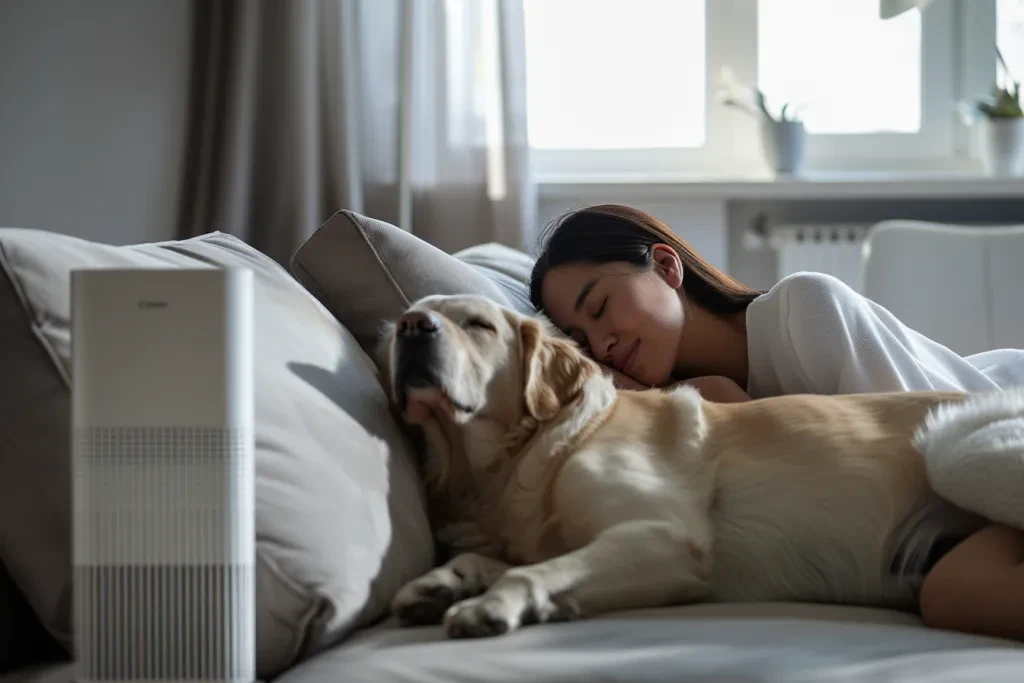
Estándares HEPA y ULPA
HEPA and ULPA (Ultra-Low Penetration Air) filters meet stringent standards. HEPA filters must remove 99.97% of particles 0.3 micrometers in diameter, while ULPA filters remove 99.999% of particles 0.12 micrometers or larger. Certifications from organizations like the European Union (EN 1822) or the Institute of Environmental Sciences and Technology (IEST) provide additional assurance.
Verify the filter meets appropriate standards and certifications for your region to ensure high air cleaning levels and regulatory compliance.
Certificación ENERGY STAR®
ENERGY STAR® certification indicates energy efficiency, meeting EPA guidelines. Certified purifiers use less energy while maintaining performance, reducing costs and environmental impact.
To qualify, purifiers must meet specific energy consumption and CADR criteria. Look for the ENERGY STAR® label to choose an energy-efficient model.
Safety and Emissions Standards
Safety and emissions standards ensure safe operation without harmful byproducts. For example, the California Air Resources Board (CARB) limits ozone emissions to less than 0.050 parts per million (ppm).
Standards from organizations like Underwriters Laboratories (UL) or the International Electrotechnical Commission (IEC) cover electrical safety, fire resistance, and mechanical integrity. Verify the purifier meets relevant standards for safe and effective operation.
Future Trends and Innovations in HEPA Filter Air Purifiers
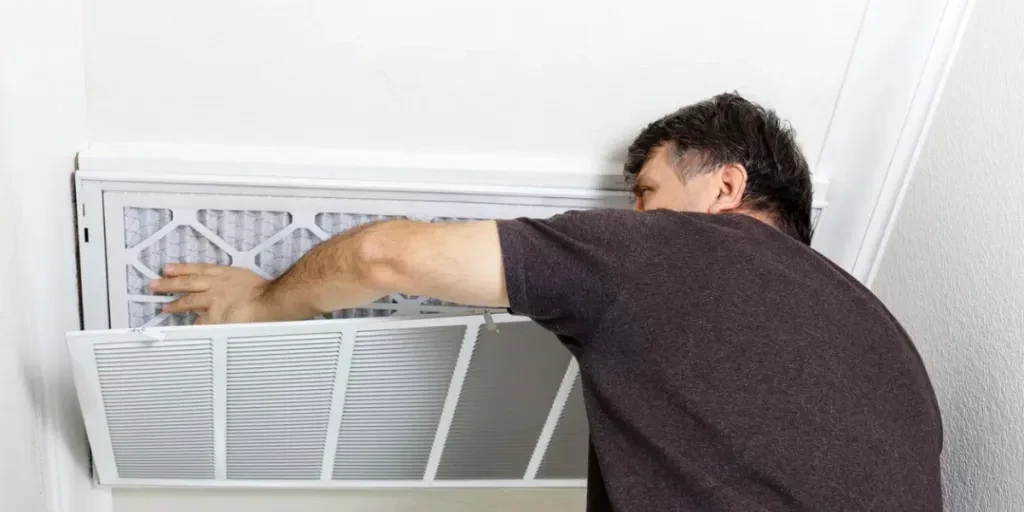
Integración con sistemas domésticos inteligentes
Smart home integration is a growing trend, offering convenience and control. Smart purifiers connect to platforms like Amazon Alexa, Google Assistant, or Apple HomeKit, allowing voice control and mobile app management.
These systems provide real-time air quality monitoring, automatic adjustments, and personalized settings. Expect more advanced features and integrations as technology evolves.
Materiales de filtración avanzados
Innovations in filtration materials enhance efficiency and durability. Researchers explore new materials like nanofibers, graphene, and electrospun polymers to improve HEPA filters.
These materials offer higher efficiency, lower pressure drop, and longer filter life, improving performance and cost-effectiveness. Expect more advanced filters with superior cleaning capabilities.
Hybrid and Multi-Function Devices
Hybrid and multi-function purifiers combine air purification with features like humidifiers, dehumidifiers, or fans, providing versatile solutions for air quality and comfort.
These devices save space and reduce the need for multiple appliances. Expect more multi-function purifiers offering a range of benefits in a single device.
Final Thoughts on HEPA Filter Air Purifiers
Selecting the right HEPA filter air purifier involves considering filtration efficiency, airflow and coverage area, noise levels, maintenance, energy efficiency, and advanced features. By evaluating these factors, you can invest in a high-quality purifier that provides clean, healthy air for your home or workplace.
